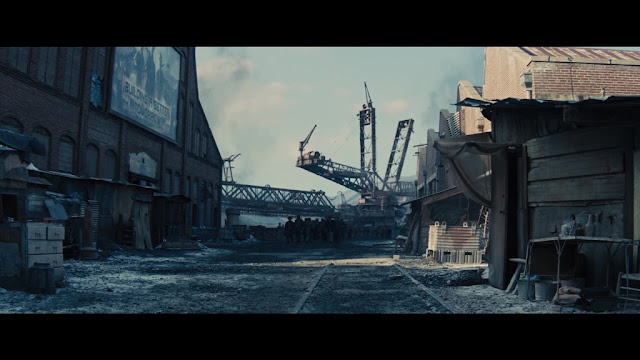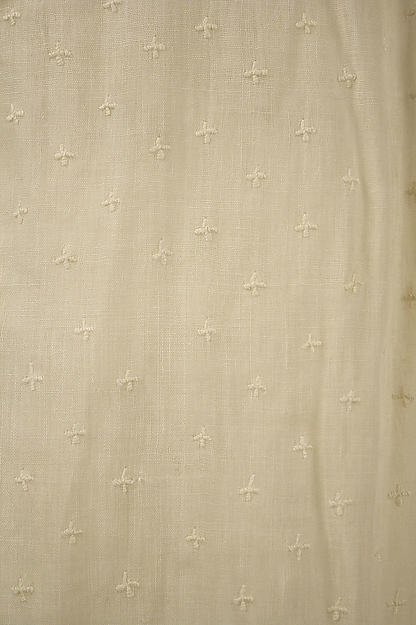The Hunger Games (Silver Screen - HSM #11)

Sorry that I missed October! I promise to get to "secrets" in December for the re-do challenge - there was a lot going on and that's a tricky one for writing. The Hunger Games and its sequels are set in the far future, in an America ravaged by climate change and changed politically beyond recognition. However, there's so much influence from the 1930s and early 1940s in the costuming and design that I tend to spend a lot of my time watching for that. This is really an image-heavy post rather than a text-based one, because I want to highlight these design elements that your eye might have skated over. Warning: there's a spoiler for the latest movie in here. It's from the book, but if you're a movie-only fan ... Very little in the various districts would look out of place for rural Depression-era towns. The buildings are dilapidated shanties or abandoned factories, with nothing futuristic about them. Two views of District 12. Compare to th

